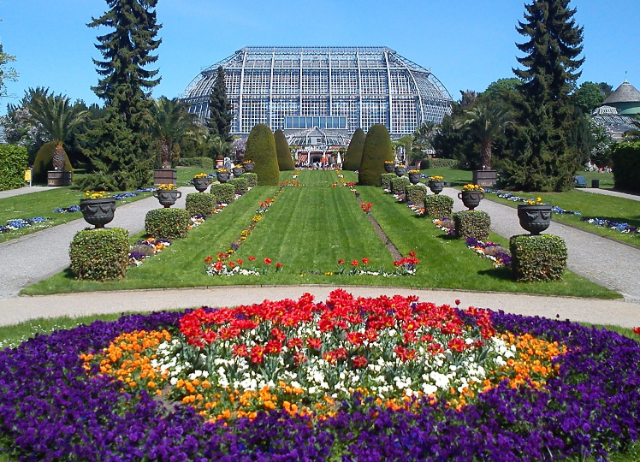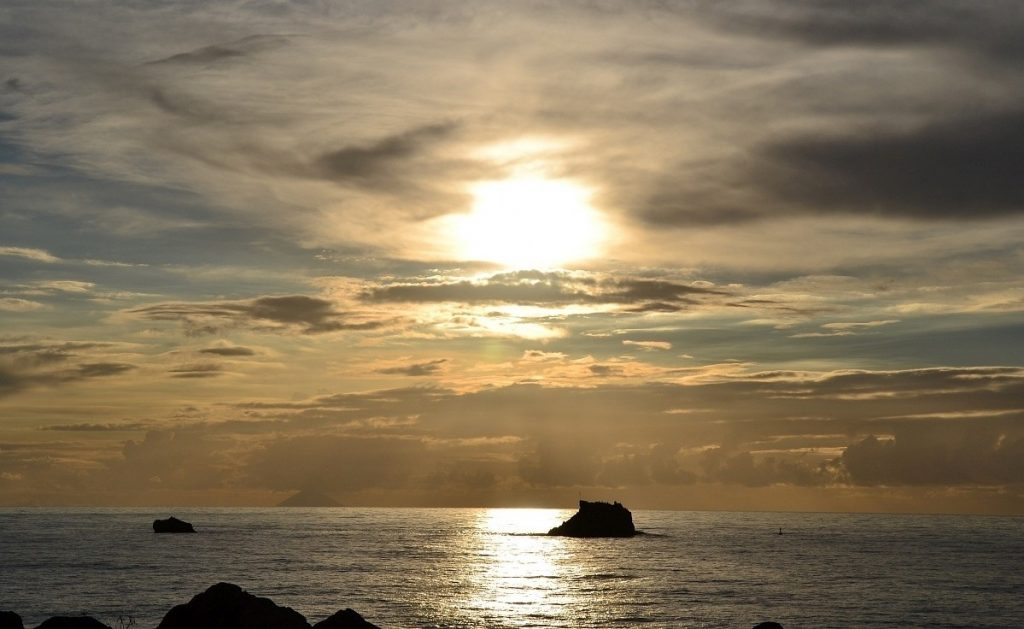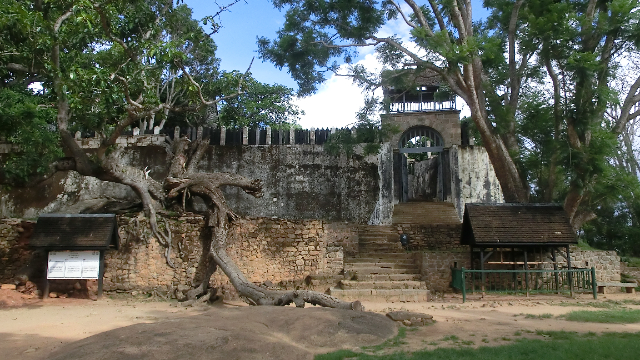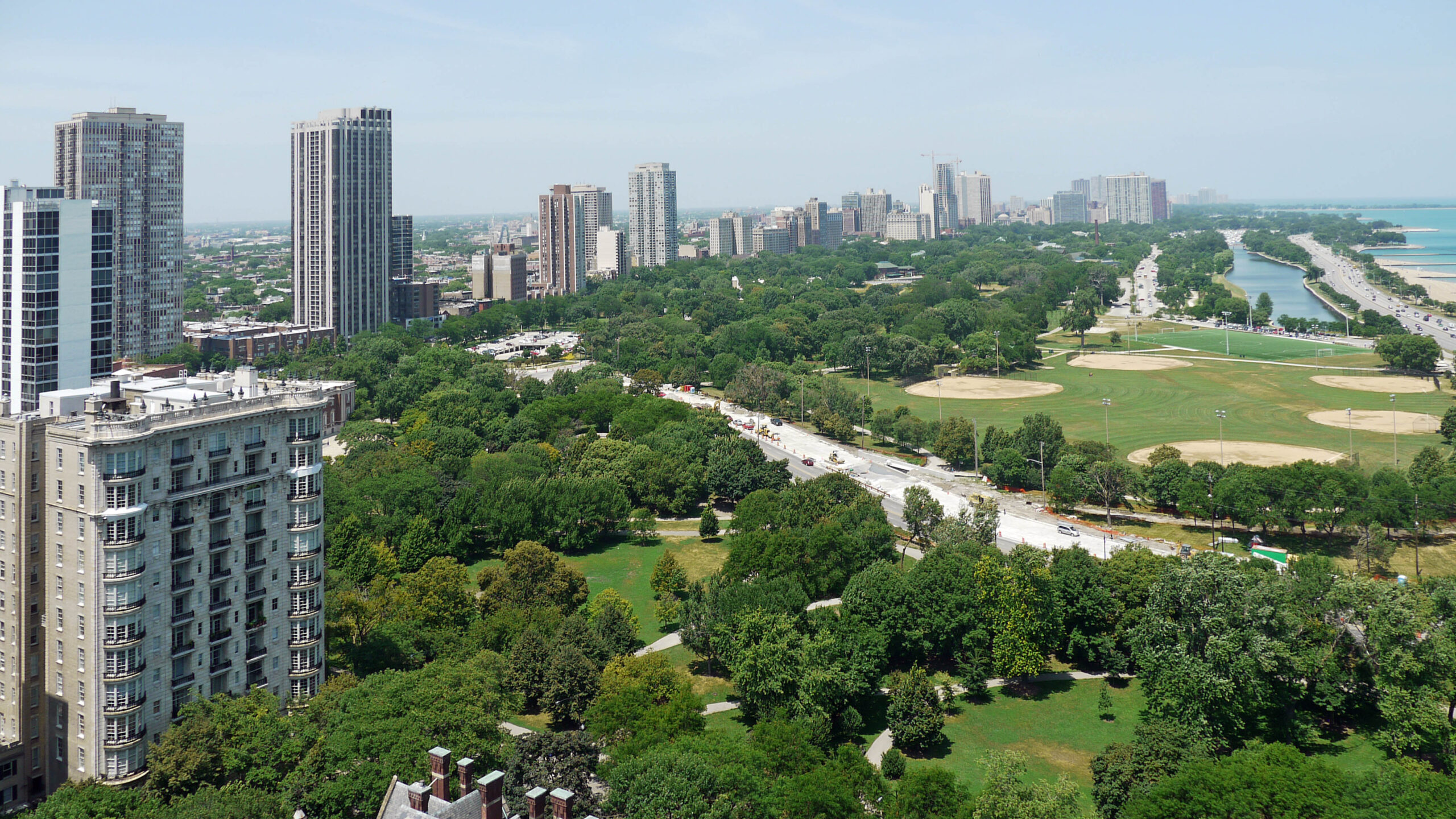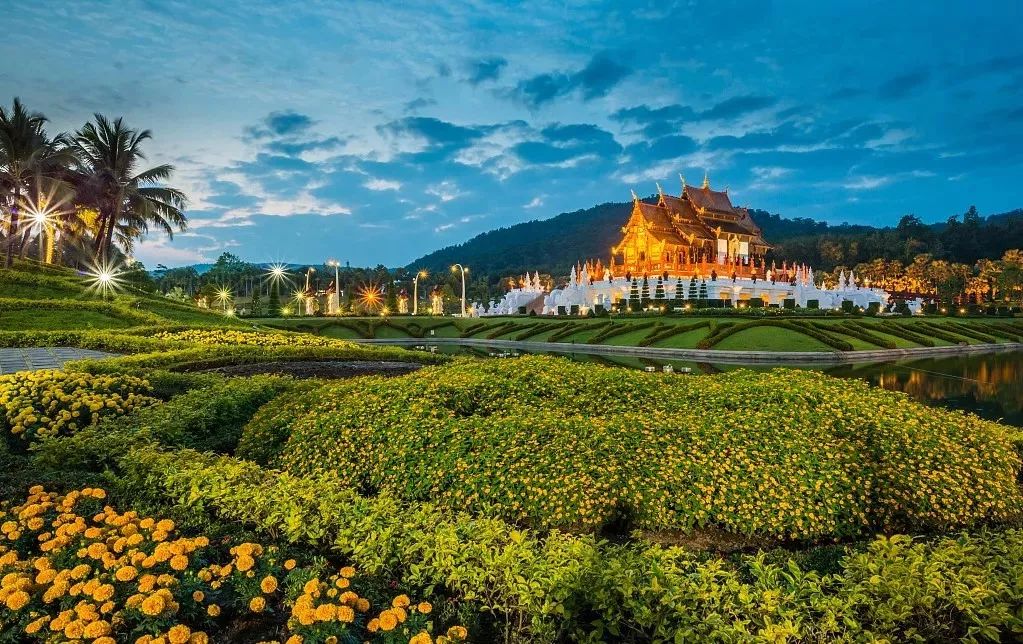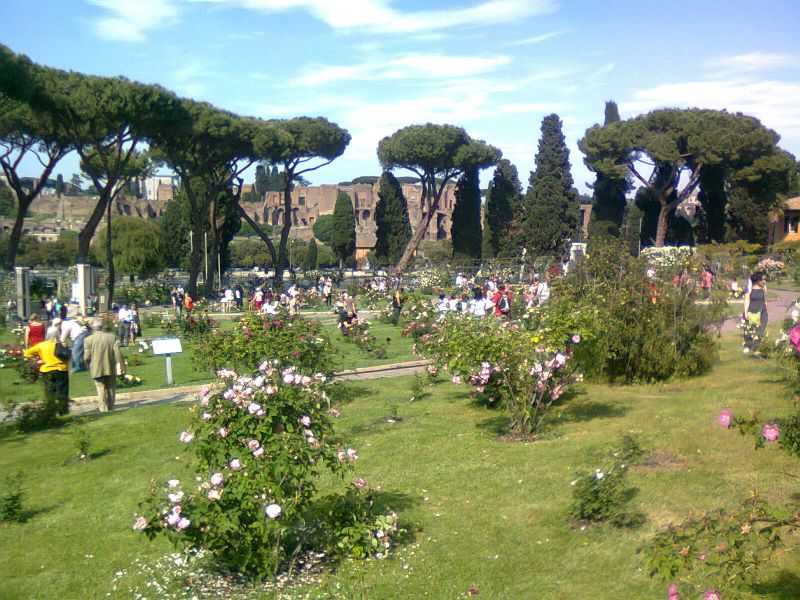The Berlin Botanic Garden and Botanical Museum is a botanical garden in the German capital city of Berlin, with an area of 43 hectares and around 22,000 different plant species.
Together with the Botanical Museum, it is one of the largest and most important botanical gardens in the world and one that can look back on a 300-year tradition.
In 1679, agricultural show gardens were created on the grounds of what is now the Kleistpark, on the orders of Friedrich Wilhelm I, known as the Great Elector. Over the years, the grounds developed into a true botanical garden. After more than 200 years in the same location, the gardens were moved to Dahlem at the turn of the 20th century (1897–1910) for space reasons.
Location and Opening Hours
Today, the Botanic Garden and Botanical Museum belong to Freie Universität and together occupy over 43 hectares in total. About 20,000 different plants are cultivated in the garden, and the herbarium includes over 3.5 million records of dried plants.
The geographic plant section, which occupies 13 hectares, and the facility’s more than 6,000 m2 of greenhouse space welcome visitors to take a botanical journey around the world; the 14-hectare arboretum and the systematic department together offer insight into the family relationships between woody and herbaceous plants. These diverse living collections combine with the collections of permanently preserved plants and the facility’s extensive library to form the basis for the scientific work on biodiversity and the life forms of plants that is performed at the complex.
The architectural highlight of the Botanic Garden is the Grosses Tropenhaus (Large Tropical Conservatory), one of the largest and most important greenhouses in the world. Designed by royally appointed architect Alfred Koerner and built between 1905 and 1907, the greenhouse underwent full renovations at the turn of the millenium and reopened to the public in 2009.
Designed to complement the geographic open-air gardens, the plantings in the Large Tropical Conservatory are also organized by geographic area. From the entrance, the right-hand side of the building houses plants from the tropical regions of Africa, Asia, and Australia, while the left-hand side is devoted entirely to the tropical plants of the Americas.
The neighboring Botanical Museum, located at Königin-Luise-Straße 6-8, is the only museum of its kind in Central Europe.
